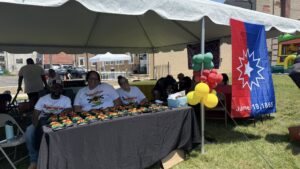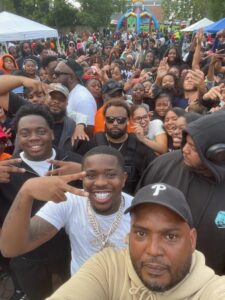Diverse Voices: Seabrook Buddhist Temple Celebrates Bodhi Day With New Year Preparations
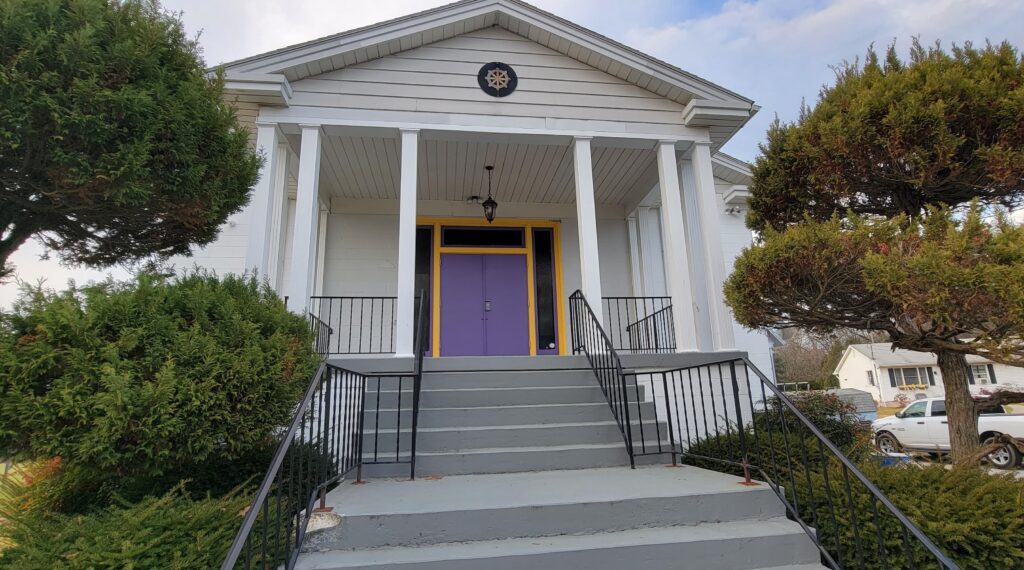
Seabrook Buddhist Temple, Seabrook, Upper Deerfield Township.
By Daniel Winner | AC JosepH Media Correspondent
SEABROOK — One of the earliest winter holidays in December is Bodhi Day, a Japanese Buddhist holiday that commemorates the day that Prince Siddhartha Gautama reached spiritual awakening and became known across the world as the Buddha. The word “bodhi” comes from the Sanskrit language and means “to be awake,” that is, to wake up to truth and perfect wisdom.
Observed on Dec. 8, Bodhi Day has its origins in a Japanese Zen observance called “Rohatsu” which literally means “the eighth (day) of the 12th month.” During this time, the clergy (monks and nuns) and laypeople would spend an entire week practicing intensive meditation and listening to sermons. Bodhi Day falls on the final day of this period.
This observance in turn came from the Chinese holiday of “Laba.” During this time, a form of porridge or congee made with eight ingredients, including rice, beans, nuts, and dried fruit, are eaten. According to one legend, this tradition hearkens back to the time of the Buddha, when a village girl named Sujata offered him a bowl of milk rice. After accepting this meal, he sat beneath a sacred fig tree (Ficus religiosa) where he reached enlightenment. This tree was henceforth known as the bodhi tree.
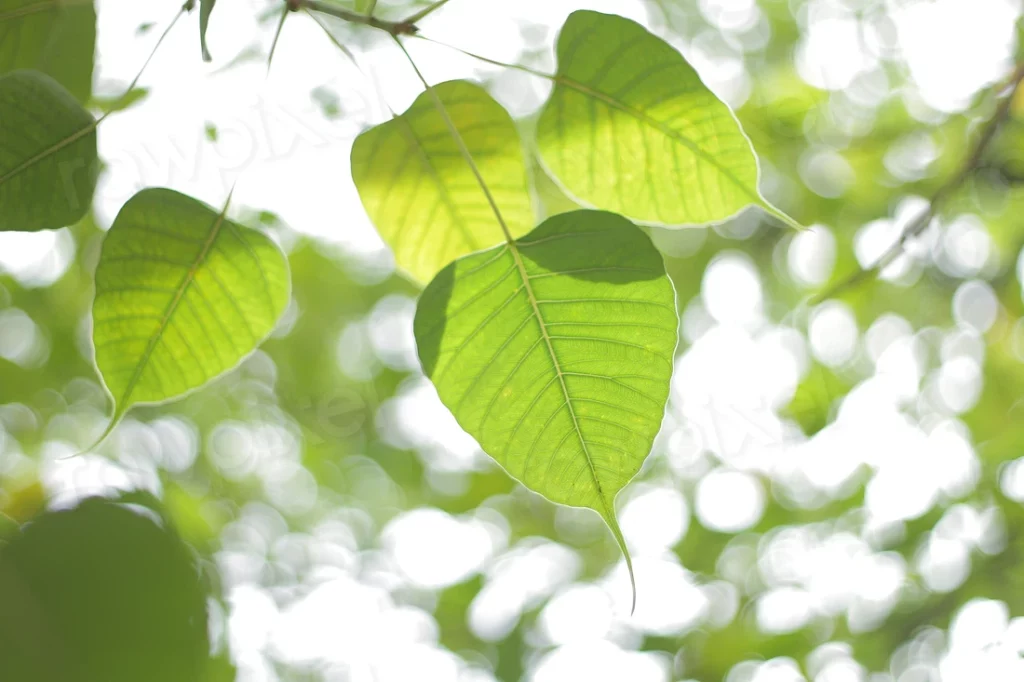
Today, nearly all denominations of Japanese Buddhism observe Bodhi Day. Rev. Kosho Finch, an African American priest of the Shingon sect in Portland, OR has stated, “It’s normally known in Japanese as Jodo-e (meaning “gathering to celebrate the attainment of the Way”). In Los Angeles the Buddhist temples get together as a group and celebrate Bodhi Day.”
In Seabrook, a small but lively community of Japanese Americans and volunteers celebrated throughout the week by preparing for the coming New year with a food-making ceremony called “mochitsuki.”
Mochi, glutinous rice cakes that are traditionally eaten during the New Year, are made by hand in a process of pounding rice until it becomes a sticky mass that can be divided into pieces, or “cakes.” A cake of mochi can be filled with different ingredients such as strawberry, green tea powder, or most popularly, sweet red bean paste called anko. This stuffed treat is known as “daifuku” which means “great fortune,” and is symbolic of blessings to come with the New Year.
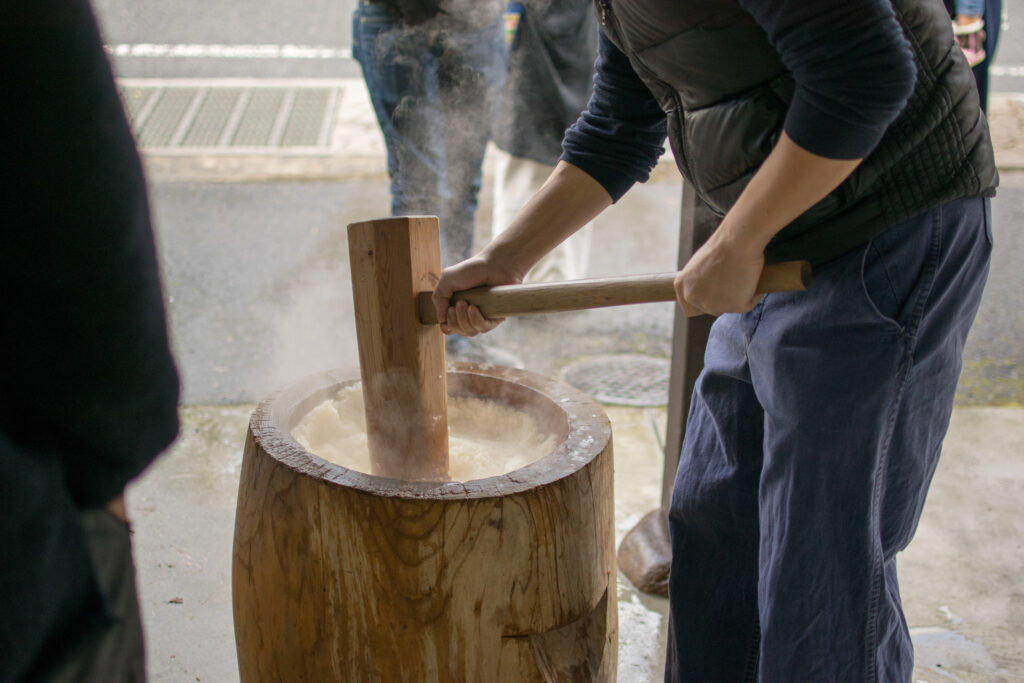
Photo courtesy of Andy Atzert of Wikimedia Commons through the Creative Commons Attribution-Share Alike 4.0 International license.
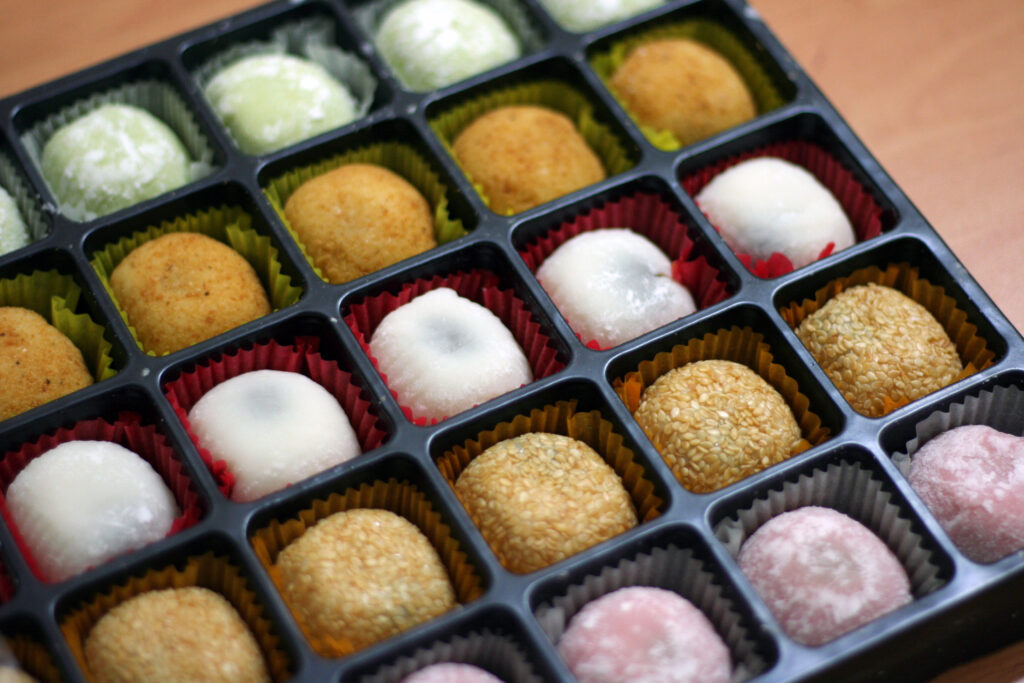
Photo courtesy of Aurus Sy of Wikimedia Commons through the Creative Commons Attribution-Share Alike 4.0 International license.
Seabrook Buddhist Temple is a branch of the Buddhist Churches of America which belongs to the Jodo Shin lineage of Pure Land Buddhism. Located in Seabrook, an unincorporated community in Upper Deerfield Township, Cumberland County, the area has a profound history of Japanese American residency.
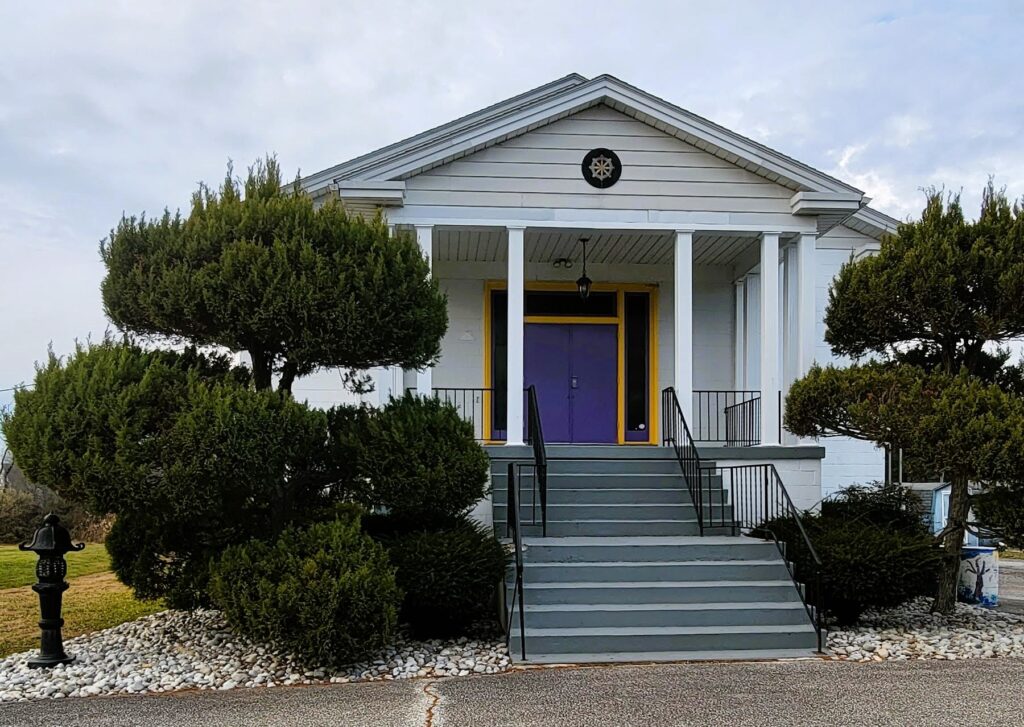
During World War II, labor shortages in South Jersey’s food processing plants provided Japanese Americans an opportunity to relocate in order to escape the harsh reality of internment camps that were established across the western United States. As many as 3,000 individuals settled in Seabrook. Recruitment on Seabrook farms also included Latin Americans of Japanese heritage, who likewise escaped internment when they were offered parole relocation to South Jersey.
The Japanese population in New Jersey is minimal, with the state seeing a decline of -10.4% between 2000 and 2010. This makes Japanese Americans the smallest demographic among all Asian American groups in the state.
EDITOR’S NOTE: Daniel Winner has a double major in Religious Studies and Japanese from Penn State University and has traveled internationally to the Far East on several occasions. His insights on Buddhism and Asian culture give a unique view of historical and modern trends. He will be serving as a contributor for Front Runner New Jersey.
Follow Us Today On:
Note from AC JosepH Media: If you like this story and others posted on Front Runner New Jersey.com, lend us a hand so we can keep producing articles like these for New Jersey and the world to see. Click on SUPPORT FRNJ and make a contribution that will go directly in making more stories like this available. Thank you for reading.
